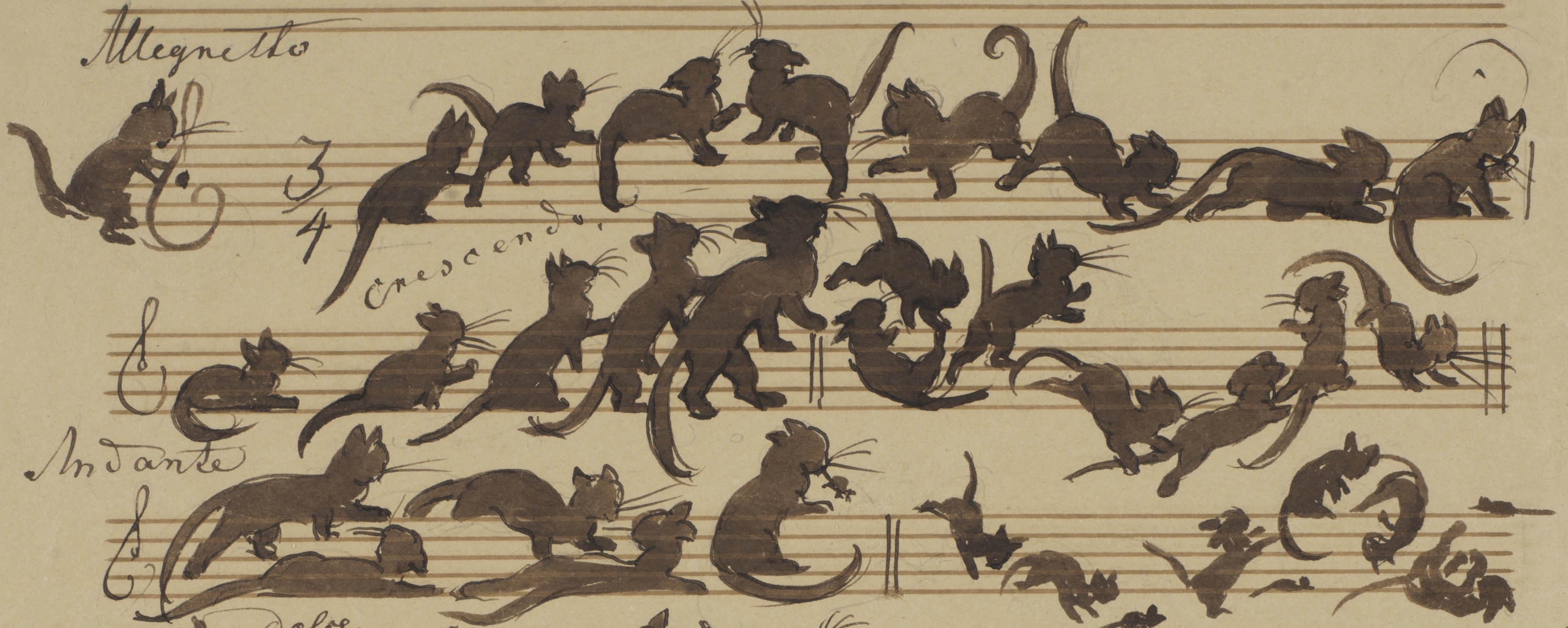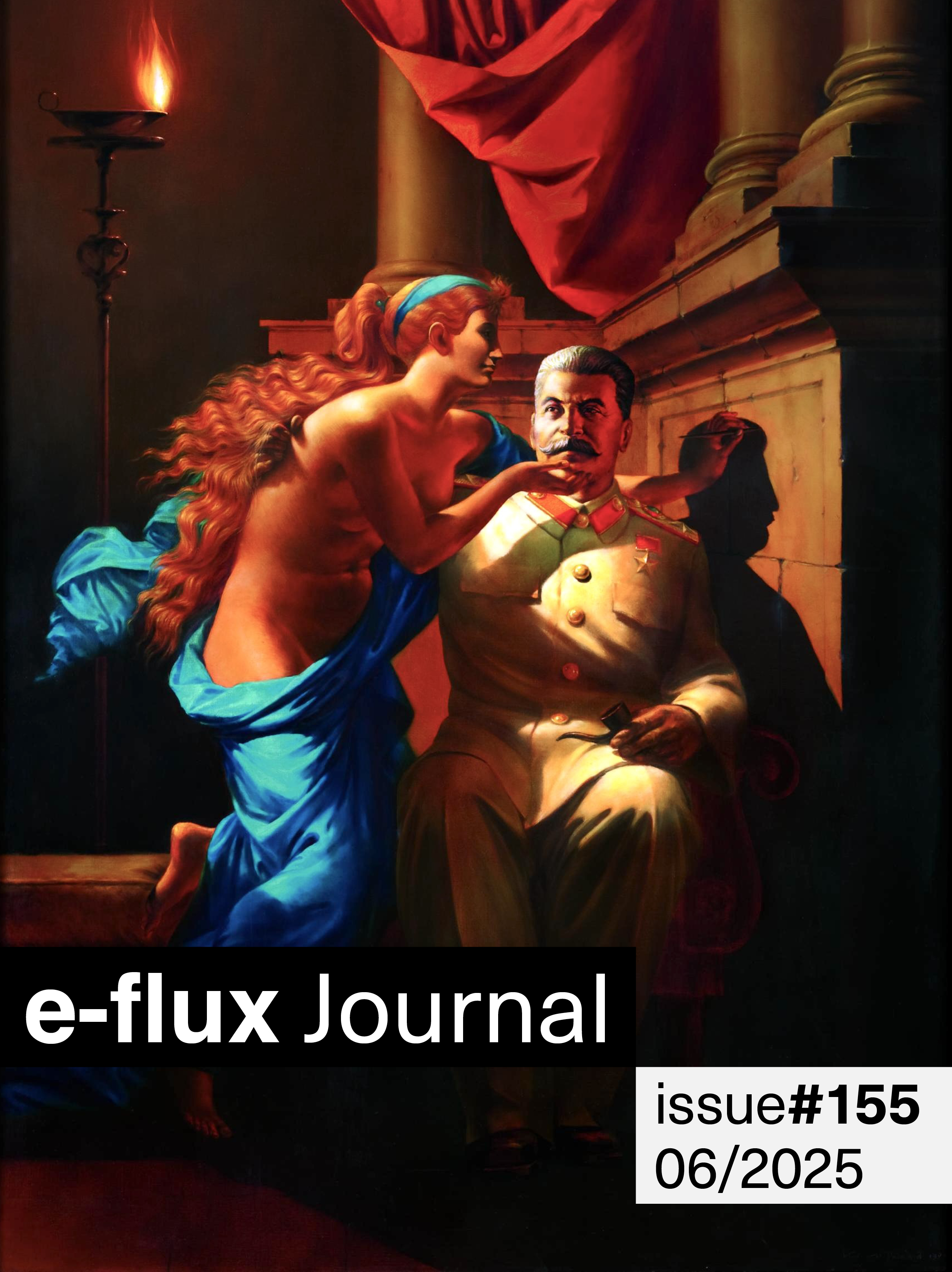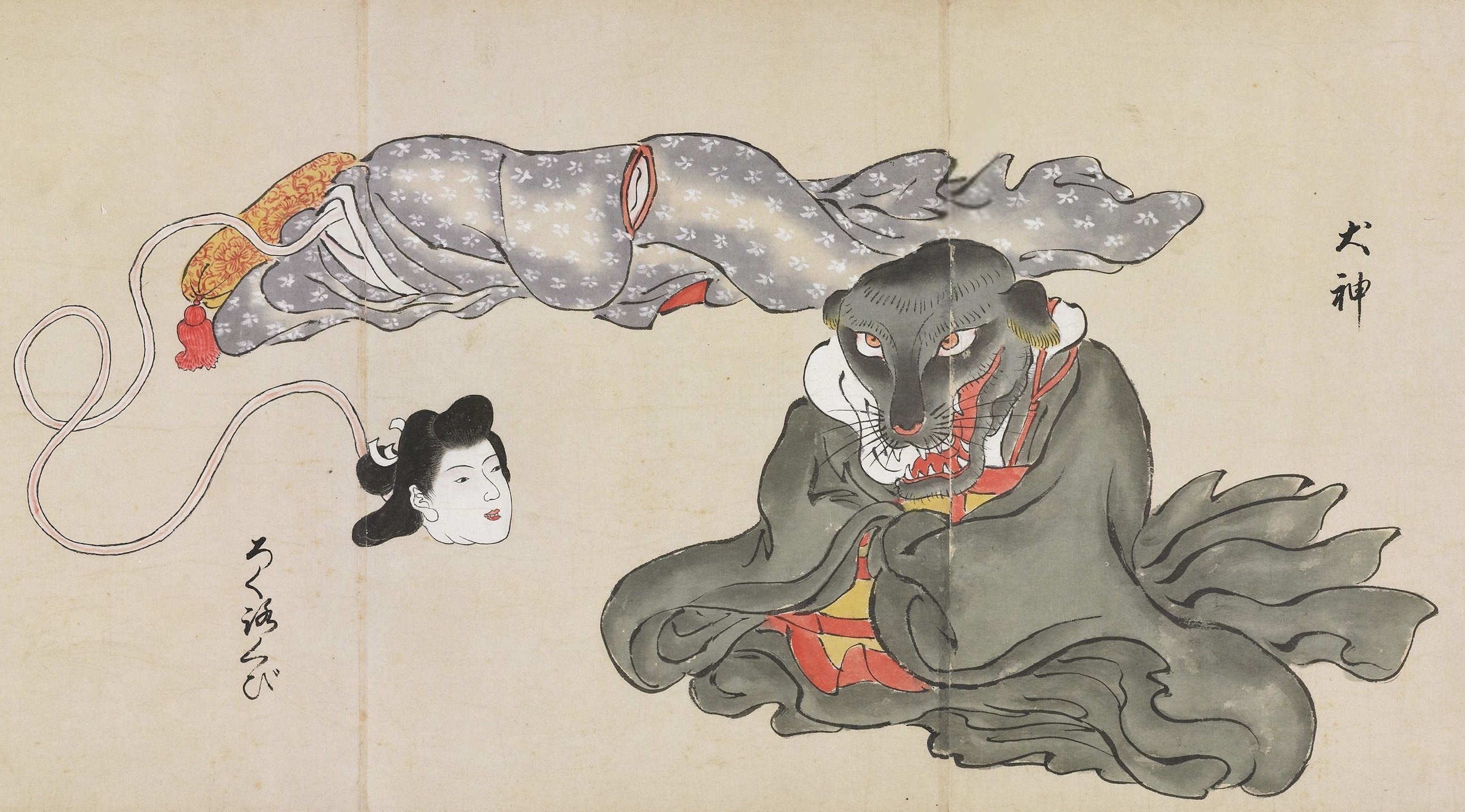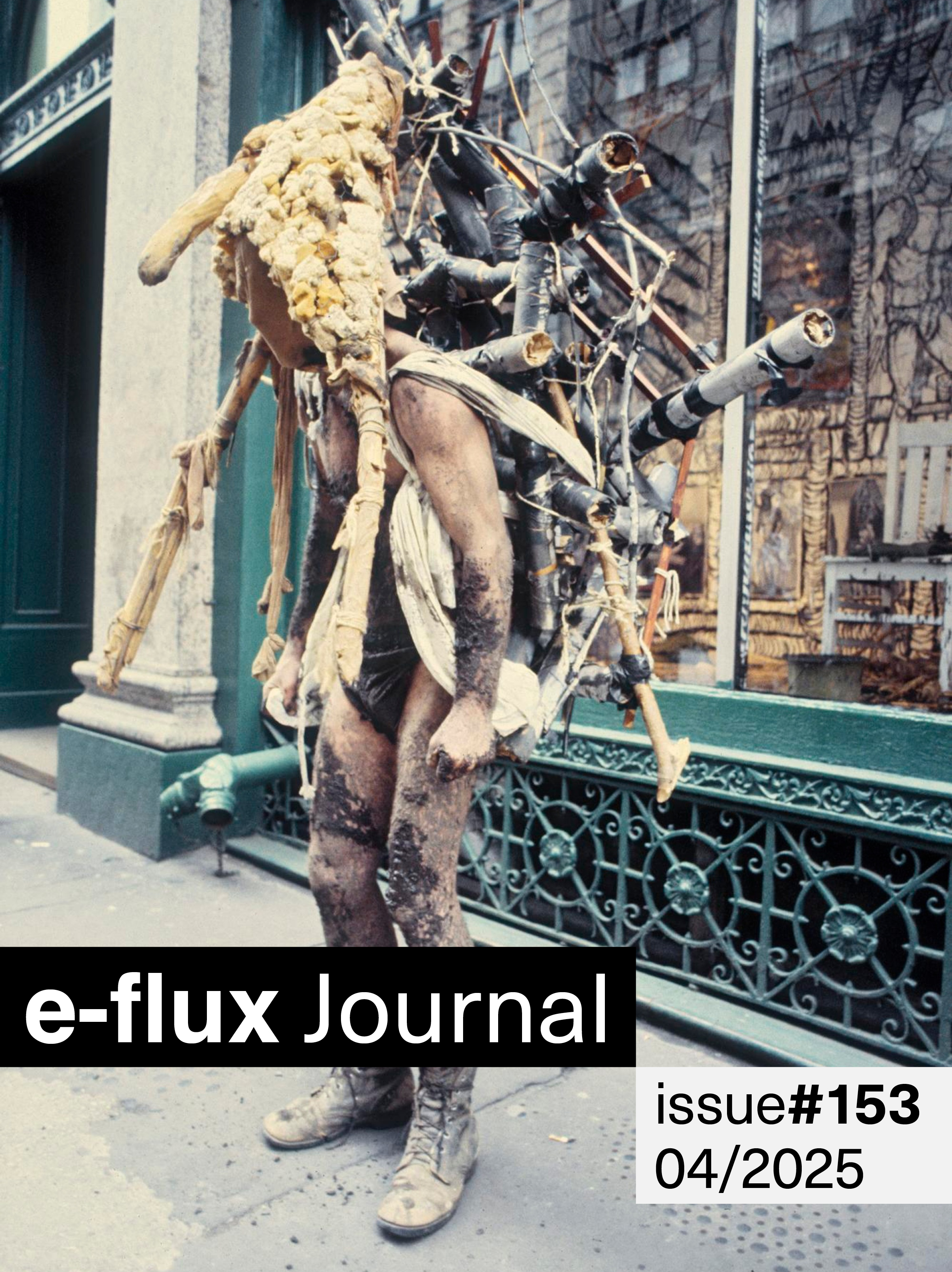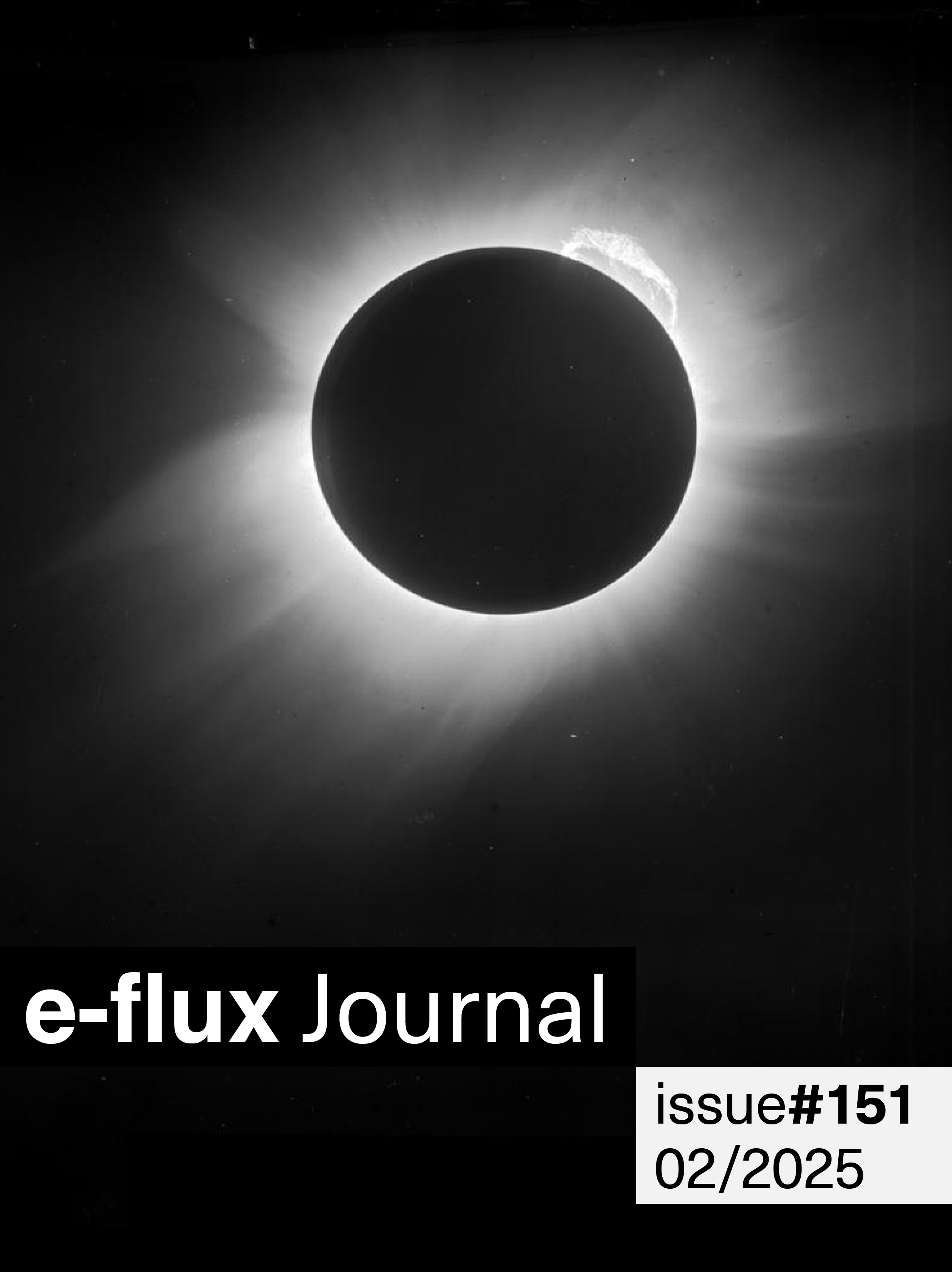The art historian Thierry de Duve has characterized Marcel Duchamp’s Fountain as a “telegram” sent out in 1917 and only properly received and understood by a later generation, among whom it inspired the artistic revolutions of the 1960s. We might think of it less as an artwork authored “by” Duchamp, de Duve proposes, and more as a communication “from” him to artists of like intelligence and temperament, the majority of whom had yet to be born. It calls to mind those “lost” early radio transmissions that, despite not having been recorded on tape, continue faintly to bounce around the earth’s atmosphere, such that they might still be retrieved—and decoded—by someone with appropriately sensitive antennae tuned to precisely the right frequency.
That works of art are missives to be broadcast into the ether or dropped into the post (without knowing when or by whom they will be read) is an idea that rewards wider application. When the present is so bewildering—has not transpired as the received communications led us to expect—it might be helpful to comb back through the correspondence to see if some crucial message was missed. Maria Dimitrova’s recently published piece on the textile designer Anna Andreeva, for instance, caused this editor to reflect on the assumption that the dream of a vanguard art integrated into the systems of mass production had long ago died, and from there to wonder whether conventional art history has for the past century been looking in the wrong places for those artists who anticipated the future through which we are living. Has the mainstream of western critical thought, by continuing to associate the artist with the individual who either refuses the mechanics of mass production or adapts them to the service of his or her own “brand,” catastrophically missed the memo?
This month’s program offers more opportunities to reflect on both the “telegrams” we failed to heed and those that are presently being sent out. Responding to an exhibition of art and technology before the internet, Brian Dillon notes that modernity has at every stage been characterized by anxiety at the impact of new technologies on existing social structures. In the second instalment of her essay on artificial intelligence, RH Lossin draws on historical warnings about mistaking convincingly humanoid behaviors for an embodied subjectivity. We’ll publish pieces on the latest edition of the Sharjah Biennial, whose title, “to carry,” also suggests that works of art might be understood as porters of information, on the fresh questions posed by the unostentatiously subversive work of Michael Asher, on the Indonesian artist Ahmad Sadali’s combination of modernist aesthetics with activism, on the renewed importance in a divided world of “propaganda” (meaning to propagate, distribute, or broadcast one’s convictions), and reviews from around the world that might serve to remind us that the future arrives at different speeds in different places, so that it’s possible to get a glimpse of what’s coming where you live by attending to the news from elsewhere.
One lesson of Duchamp’s Fountain might be that the most important messages are not immediately received, might not even be legible to readers in the present. There is something liberating in the idea that an artist can never be sure of when and with whom their communiqué might “land,” that a work of art more closely resembles a message put out to sea in a bottle than a letter dispatched to a fixed address on a set date. In which case, it might be a responsibility of the critic not only to go back through their old correspondence, but occasionally to comb the beaches.

